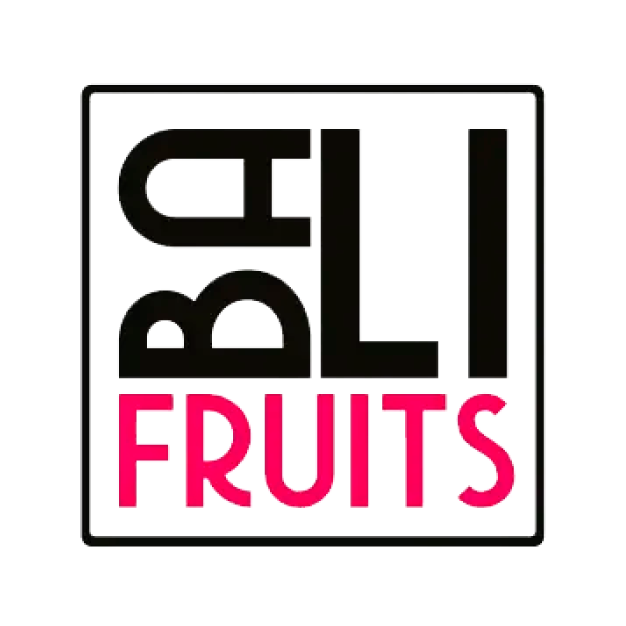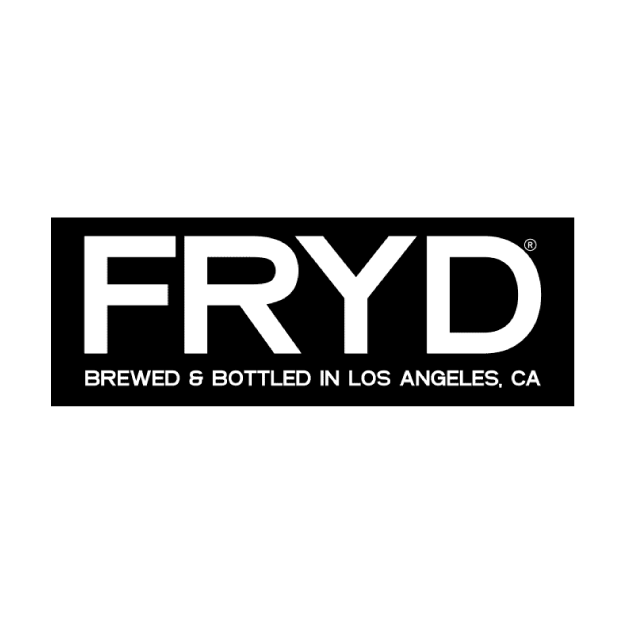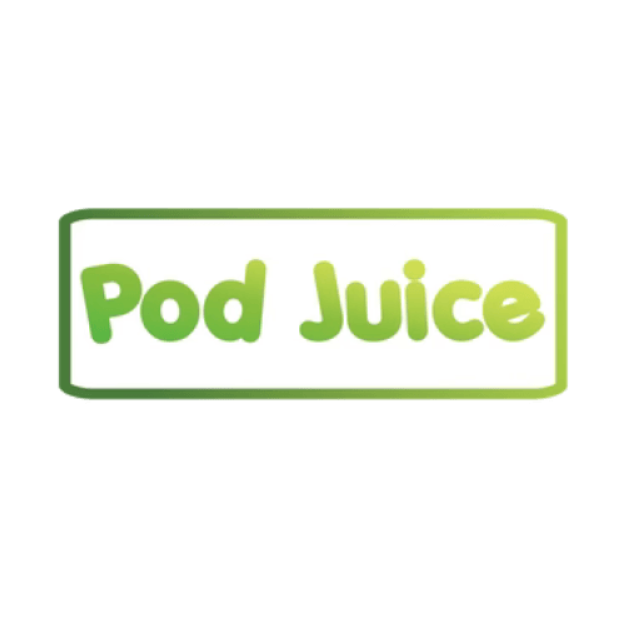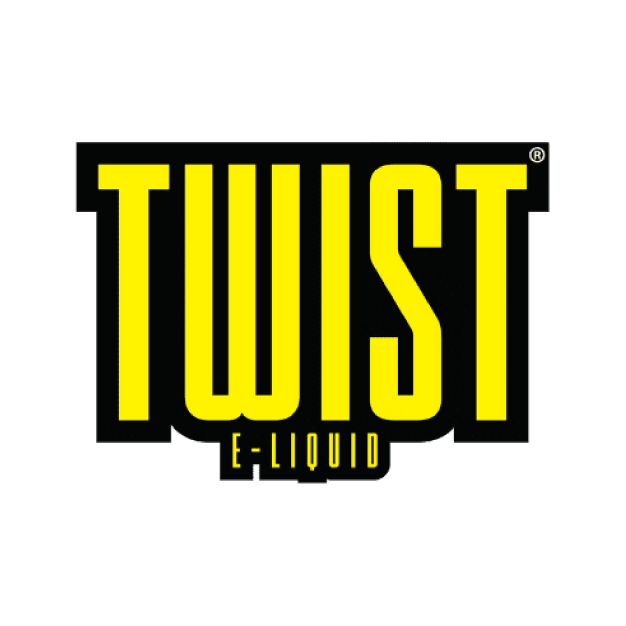E-liquid, also known as vape juice, is the substance vaporized by electronic cigarettes and similar devices. Its formulation typically involves several key components that contribute to the vaping experience.
Propylene Glycol (PG)
Propylene Glycol (PG) is a prominent ingredient that acts as a carrier for flavor concentrates. Its thin consistency allows for efficient wicking in vape coils and contributes to a noticeable “throat hit,” a sensation often desired by those transitioning from traditional cigarettes. PG vaporizes readily at lower temperatures, producing a less dense vapor. Beyond vaping, PG is utilized in various industries, including food production, pharmaceuticals, and cosmetics, where it serves as a humectant, solvent, and preservative.
Vegetable Glycerin
Vegetable Glycerin (VG) is another primary component that plays a crucial role in vapor production. Its thicker viscosity results in the creation of dense, visible vapor clouds, a characteristic sought after by many vapers. VG offers a smoother inhalation compared to PG due to its gentler effect on the throat. It also possesses a slightly sweet taste that can influence the overall flavor profile of the e-liquid. VG is commonly found in food products, personal care items like toothpaste, and pharmaceutical preparations due to its moisturizing and emollient properties.
Flavoring
Flavoring is a diverse category of ingredients that determines the taste of the vapor. A wide array of flavor options is available, ranging from familiar profiles such as fruits, desserts, tobacco, and menthol to more novel and complex combinations. These flavorings are typically food-grade concentrates specifically designed for inhalation. The quality and concentration of the flavoring significantly impact the overall vaping experience and appeal to individual preferences.
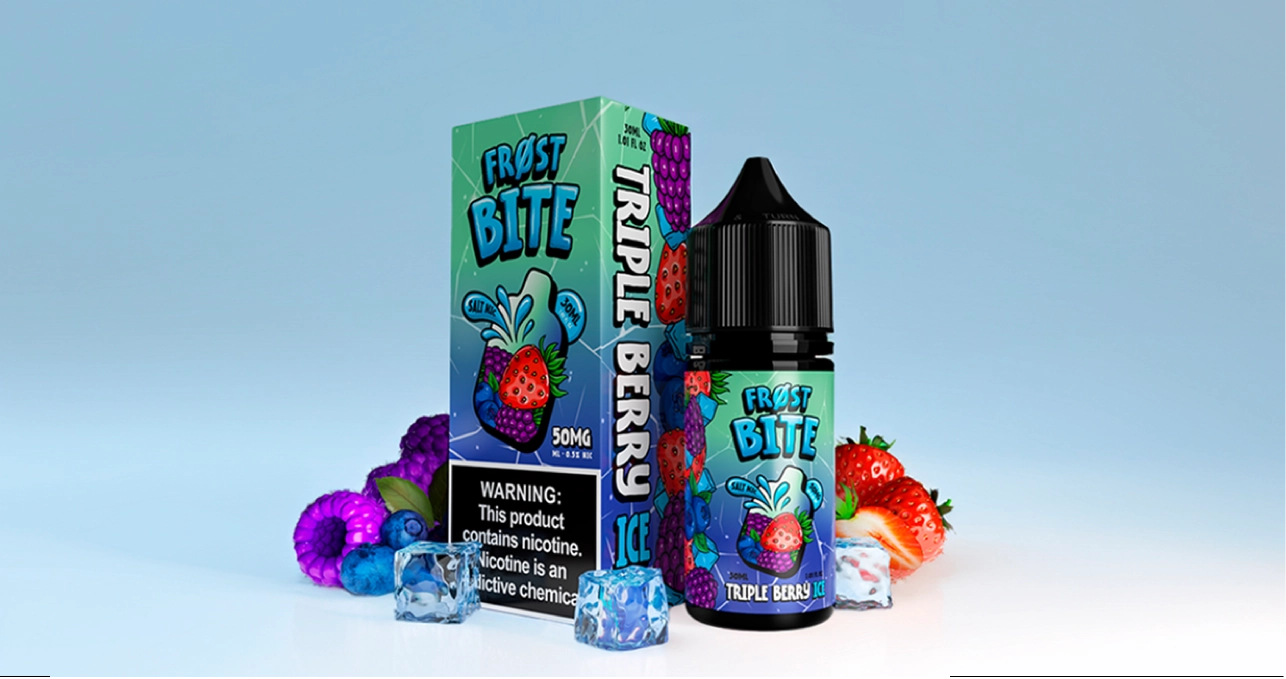
Nicotine
Nicotine is an optional ingredient in e-liquids, catering to users who seek the stimulant effects and addiction associated with traditional cigarettes. E-liquids are available in various nicotine strengths, allowing users to customize their intake or choose nicotine-free options. Several forms of nicotine are used in vape juice:
- Freebase Nicotine is the traditional form of nicotine used in earlier e-liquid formulations. It can become harsh at higher concentrations due to its alkaline pH, potentially causing discomfort to the throat.
Shop Freebase E-juices - Nicotine Salts are a more recent development that involves bonding freebase nicotine with an acid, resulting in a more pH-neutral compound. This allows for higher nicotine concentrations (e.g., up to 20mg/ml or 2%) without the harsh throat hit associated with high levels of freebase nicotine. Nicotine salts are often preferred by individuals seeking a smoother vaping experience with higher nicotine delivery.
Shop Salt Nicotine E-juices - Hybrid Nicotine blends freebase nicotine and nicotine salts to achieve a balance between throat hit and smoothness. This type of nicotine aims to provide a more nuanced vaping experience that incorporates characteristics of both freebase and salt nicotine.
Shop Synthetic E-juices
The nicotine concentration in e-liquids is typically indicated on the bottle as a numerical value representing the milligrams of nicotine per milliliter of e-liquid (mg/ml). This labeling allows users to understand and manage their nicotine consumption. In summary, e-liquid is a carefully formulated mixture of propylene glycol, vegetable glycerin, flavoring, and optionally, nicotine. The specific ratios and types of these ingredients contribute to the unique characteristics of each e-liquid, influencing vapor production, flavor delivery, throat hit, and nicotine content.
Understanding PG/VG Blends and Choosing the Right One
Propylene Glycol (PG) and Vegetable Glycerin (VG) are key components of e-liquids. PG primarily carries flavor, while VG is responsible for vapor production. Selecting the ideal PG/VG ratio depends on your desired vaping experience and the type of vape kit you use.

For a Smoking-Like Experience
If you prefer a stronger throat hit, more intense flavor, and less vapor, a 50:50 PG/VG blend is a suitable choice. This ratio closely mimics the sensation of smoking and works best with standard vape kits that utilize coils with a resistance of 1 ohm or higher.
For Large Vapor Clouds:
If your priority is producing substantial vapor clouds with a smoother throat hit and a less pronounced flavor, opt for e-liquids with a higher VG content, such as 70VG:30PG or even higher ratios like 80:20 or 100%VG. Due to its thicker consistency, VG requires more power to vaporize effectively. This is where sub-ohm vaping comes into play. Sub-ohm devices use coils with a resistance below 1 ohm, enabling them to generate significant power and large clouds. For a comprehensive understanding of sub-ohm vaping, refer to our Complete Sub-Ohm Guide.




